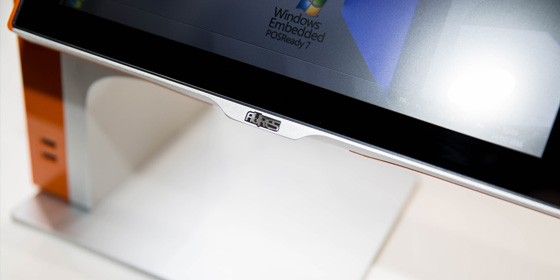For retailers, one issue stands out above all others from the fallout of the November 4 election result – will President Trump follow through with his promise to impose sizeable tariffs on imported goods, and if so, how will that impact their costs and margins?
The incoming president’s stance on tariffs is simple – he wants to shift focus back onto American-made goods and reduce what he sees as an over-reliance on imports, especially from China. The trade deficit in goods – the difference in value between goods imported versus those exported – passed $100bn in September 2024. Or in other words, the country spends significantly more on consumer goods than it makes.
By imposing tariffs, Trump aims to tackle the fact that, for many years, countries like China have been able to manufacture whole categories of consumer goods much cheaper than they can be made in the US. Making it more expensive to import goods might benefit US producers. But it’s unlikely to mean US manufacturers start being able to lower their own costs.
Wherever goods are sourced from, tariffs will make procurement for retailers more expensive. And that leaves businesses with a real dilemma – do they try to absorb those extra costs at the expense of already tight margins, or do they pass them on to consumers already worn down by years of high inflation?
US retailers are already reported to be exploring options that include diversifying their manufacturing bases across multiple countries, and taking a more dynamic approach to sourcing that boils down to switching to the cheapest possible option at any given time.
Optimizing profits with dynamic pricing
Another possible way to mitigate the impact of higher procurement costs is to take a similarly flexible and dynamic approach to pricing strategies. Dynamic pricing is a strategy that seeks to adjust pricing to accommodate fluctuating market conditions and trends. It’s usually viewed as a means of riding the ups and downs of supply and demand – when demand is higher than supply, you put prices up to maximize profits. But if and when demand falls, you then lower prices to encourage more sales and avoid having too much cash tied up in unsold stock.
Dynamic pricing can be used to ride fluctuations in input costs, too, and allow retailers to cope with inflation while protecting markets and consumer trust. Passing on higher input costs with fixed price increases across the board is a blunt instrument. The key point about dynamic pricing is that the optimum price – that is, the highest price that the market will absorb without harming demand – is never fixed. The amount consumers are prepared to pay for any given item will change with wider economic fluctuations, with seasons and weather, with the vagaries of trends and fashion, and it is also often different across different regions and demographics.
Dynamic pricing gives retailers an opportunity to protect margins even when input costs rise by maximising per-sale revenue wherever and whenever the market allows. It’s opportunistic in nature – but then again, so is diversifying your supplier base to take advantage of the lowest costs you can find at any given time.
The key to all of this, of course, is data. Dynamic pricing requires a highly sophisticated understanding of the relationship between pricing and sales volumes, and all the contextual factors that make that relationship so complex. To put it simply, you need to know when you can risk raising prices without harming volumes, and when you need to lower again. Those kinds of insights are available hidden in the intricacies of historical sales data. You also need to be able to read current market conditions so you can apply those insights to adjust to the optimum price at the right time.
All of this sounds highly complex and advanced. But the technology is already available to do it. Most modern POS systems already allow for customizable pricing rules that adjust pricing according to pre-defined criteria. And POS is also the source for all the historical and real-time sales data you need to inform those criteria.
AI-powered data analytics provides the secret sauce. Predictive analytics uses historical data and known patterns of probability to forecast the potential outcomes of future events – how a price increase in a given set of circumstances is likely to affect volumes and profits, for example. With Machine Learning layered in, the predictions get more accurate over time the more data the algorithms process. And AI doesn’t just throw out numbers. It can be used in ‘smart’ POS systems to automate the adjustment of customizable pricing rules and trigger price changes in line with the overarching goal of maximizing margins.
In summary, given all the inflationary pressures of the past few years, retailers already have a tough time balancing the need to protect their own margins with consumers’ willingness (or ability) to pay higher prices. The next president’s tariff policy won’t do anything to ease that pressure. Dynamic pricing represents a smarter, more agile way to manage the often volatile relationship between pricing/companies’ profit motive and demand in the market. Using AI analytical tools to dive deep into the data of how price and demand influence one another, and automating pricing changes through their POS, retailers can take a more fluid approach that aims to mitigate high input costs by optimizing prices as and when the market will absorb higher costs. Or in other words, offering the right price at the right time so both you and your customers are happy.




